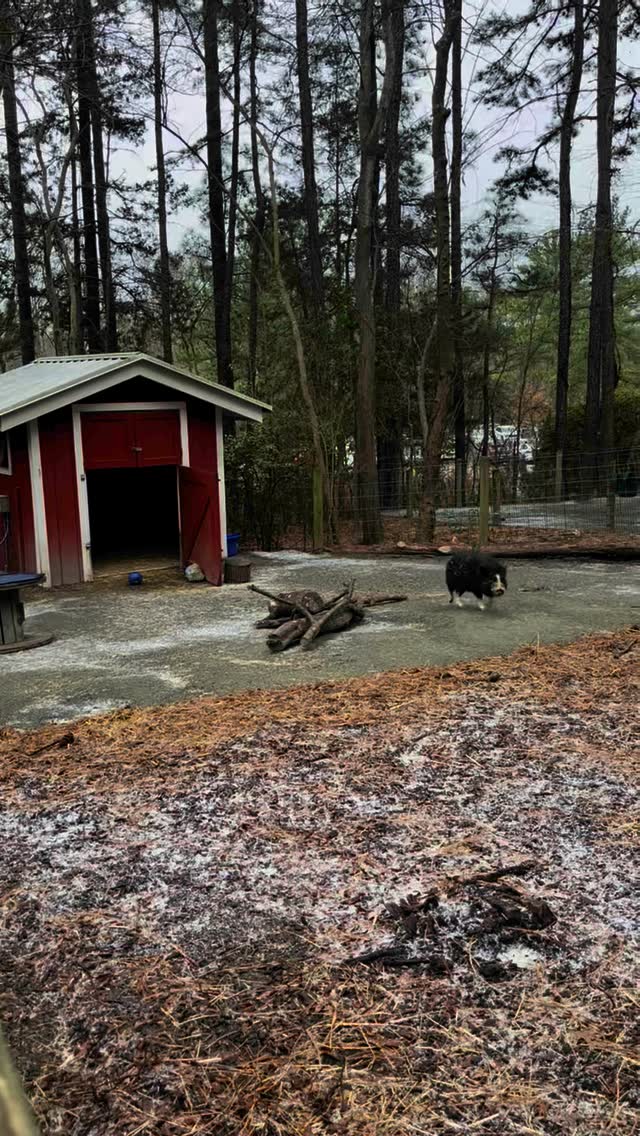- The Museum’s response to snowy weather and its impact on visitor experiences and wildlife visibility
- The role of zoo management in maintaining animal welfare during inclement weather
- Insights into zoological care provided under different climate conditions
- The significance of wildlife conservation initiatives in zoo settings
- The psychological and physical adaptations of animals to changing weather conditions
The Museum, known for its spectacular exhibits and dedication to wildlife preservation, undergoes a transformation when a light dusting of snow blankets its surroundings. Although it may not be the heavy snowfall enthusiasts hope for, even a slight touch of snow can have a visible impact on both the aesthetics of the museum and the experience it offers visitors. This article delves into how the museum responds to such weather conditions, the effects on animals and exhibits, and the broader picture of wildlife conservation within these curated environments.
Visitor experience is a significant consideration when weather conditions shift from the usual. A snowy landscape can enhance the visual appeal of outdoor exhibits and provide a serene backdrop for visitors who enjoy the beauty of wildlife in a winter setting. However, heavier snowfall can alter accessibility and safety, often necessitating operational adjustments. The museum employs a dedicated team that swiftly adapts to these changes, ensuring that pathways are clear and visitors remain safe. This proactive approach aligns with the museum’s commitment to delivering a stellar experience, regardless of weather challenges.
Zoo management must maintain equilibrium between aesthetic appeal and animal welfare during such times. The museum’s staff, including animal care specialists like Nicole, play a vital role in observing and monitoring animal behavior and well-being. For many species, including those like Pearl, a light dusting of snow does not significantly disrupt daily activities. These animals are often equipped with natural adaptations that allow them to handle mild drops in temperature. For instance, thicker coats and behavioral changes, such as increased movement to generate body warmth, help them stay comfortable.
In instances of adverse weather, zoo management’s expertise becomes crucial in maintaining the health and welfare of the museum’s inhabitants. This involves providing adequate shelter, supplemental heating where necessary, and an altered diet to meet increased energy needs. Additionally, some animals may be kept in indoor enclosures to safeguard against cold stress. These measures underline the museum’s commitment to animal care and highlight the dynamic capabilities required to maintain optimal conditions for wildlife. This expertise ensures that both the well-being of animals and the educational opportunities for visitors are preserved.
Zoological facilities play an important role in wildlife conservation, amplifying global efforts through breeding programs, research, and education. By housing species in controlled environments, museums can simulate conditions that promote the natural behaviors essential for breeding and survival. These programs are often pivotal for species that are endangered or have declining populations in the wild. The Museum actively participates in these initiatives, fostering biodiversity and aiding conservation efforts crucial for the protection of animal species worldwide.
The influence of weather extends to the psychological and physical attributes of animals. Adaptability is key, with animals exhibiting various responses to weather changes. Some mammals may increase their food intake to create fat reserves for extra insulation against the cold. Others perhaps modify their social behaviors, seeking comfort with fellow species to preserve warmth. Birds often face unique challenges too—with some altering their flight patterns and migration behaviors in response to environmental cues. Understanding these adaptations is beneficial not only for the animals’ survival but also for refining conservation tactics.
To sum up, the Museum’s capability to maneuver through the challenges posed by weather variations reflects its commitment to both animal welfare and visitor experience. Through a harmonious blend of operational agility and conservation practices, the museum ensures that every occurrence of snow—a weather enthusiast’s delight—does not impede its mission. Museums like this stand as critical bastions for ecological education, showcasing the inextricable link between curated wildlife experiences and global conservation endeavors.
*****
Source Description
The Museum looks GORGEOUS under a blanket of sn— oh. 🫠
Pearl doesn’t seem to mind the very light dusting, but we’re always hoping for a true snow day! Stay safe and dry, y’all.
📹: Animal Care Nicole

